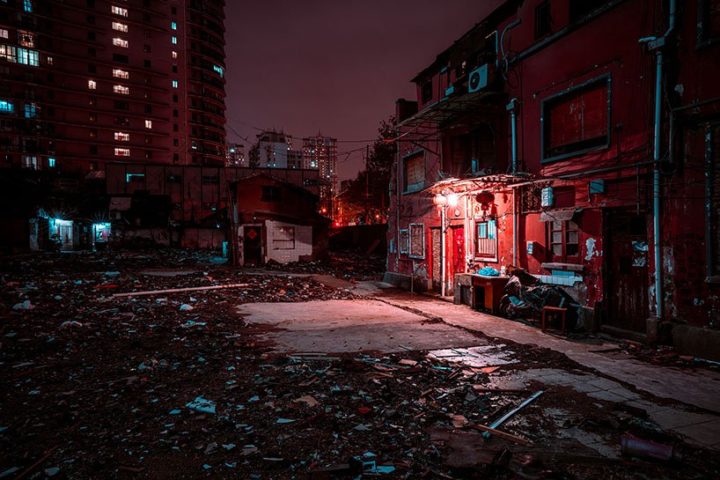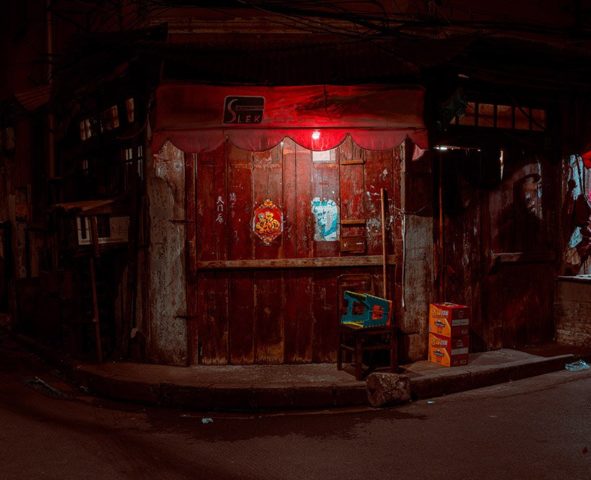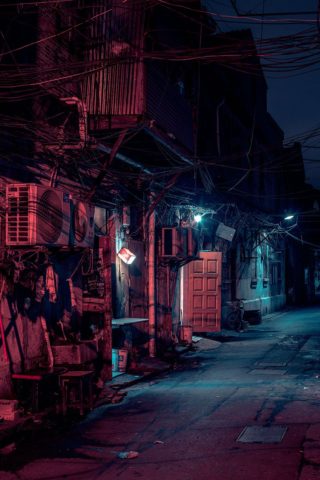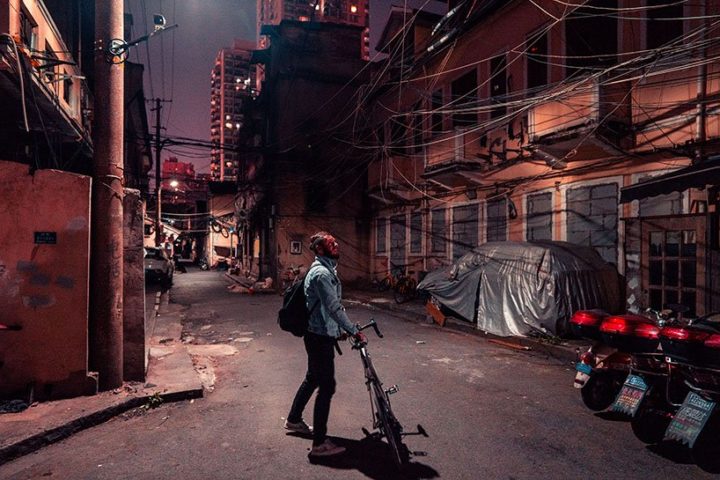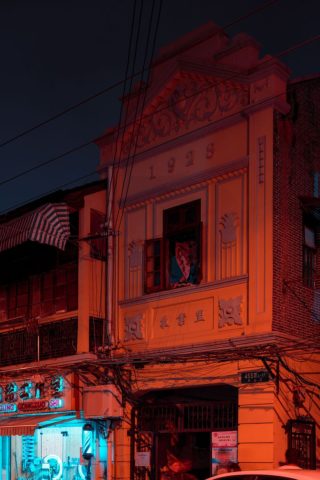Candidates, Why go through a recruitment agency ?
1/ Your chances of finding a job are multiplied If you respond to a job offer published by a recruitment agency, your application will not…
Shanghai is a playground for photographers as the city is full of historic lanes and secret nooks. For his latest project, New Zealand photographer Cody Ellingham set his sights to China’s economic capital.

It is in the oldest neighborhoods of the city that the photographer captured the shikumen houses. These buildings are built in a Shanghai architectural style combining Western and Chinese elements. This type of construction appeared in the 1860s. Inspired by Hutongs, traditional Chinese dwellings, and strongly influenced by French and British colonial and art deco styles, the shikumen were built by the thousands between the end of the 19th century and the Second World War. World. At the peak of their popularity, there were 9,000 such buildings in Shanghai, which accounted for 60% of the total housing in the city.

Shikumens are two or three-story structures resembling western townhouses, distinguished by high brick walls that hide a narrow courtyard. Each residence is adjacent to another, and all are arranged in alleys called longtang. The entrance to each lane is usually surmounted by a decorated stone arch.
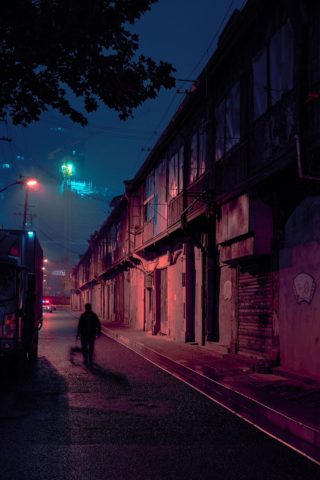
The New Zealander offers us beautiful shots of these historic homes, before they are demolished and replaced. The skyscrapers that we see in the background show how fast the city is changing. Realizing these night shots, the photographer brings out a somewhat gloomy atmosphere, accentuated by strips of neon that mingle with the dim light.
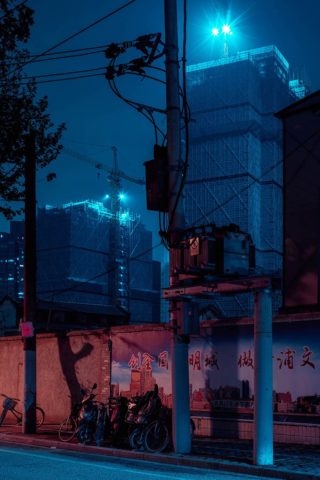
Ellingham describes the series as: “The founding myth of Shanghai was that it was the bright new city from the swamp, the pearl of the east, but it was also a bourgeois place of money and vice. In the past, the city was divided into three zones: the French concession, the international colony and the Chinese district. A large part of the old French concession retains a European atmosphere; terraced houses and tree-lined avenues resemble those of Barcelona or Paris. There, it is China, with its noisy meat markets, modified electric motorcycles, bundles of electric wires hanging on the roofs, its neon lights and dense smog reflecting the changing city. Card games and shops extend into the street and give it a community atmosphere.”
